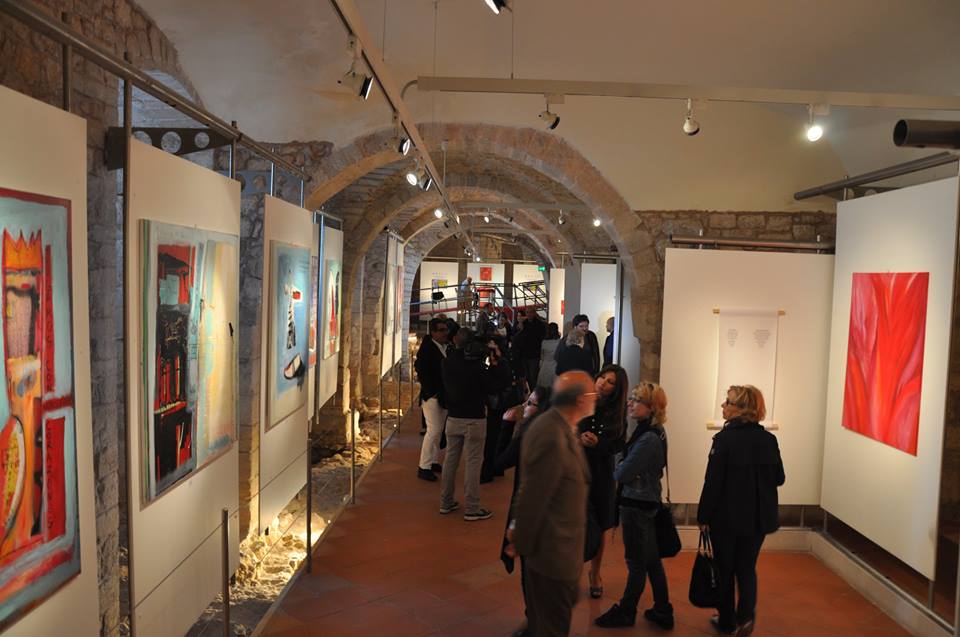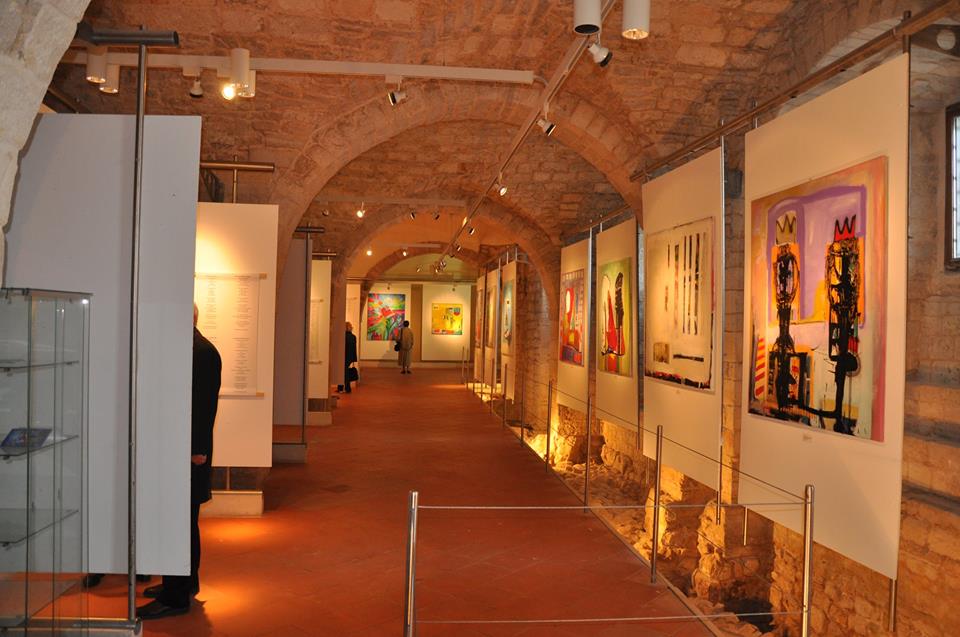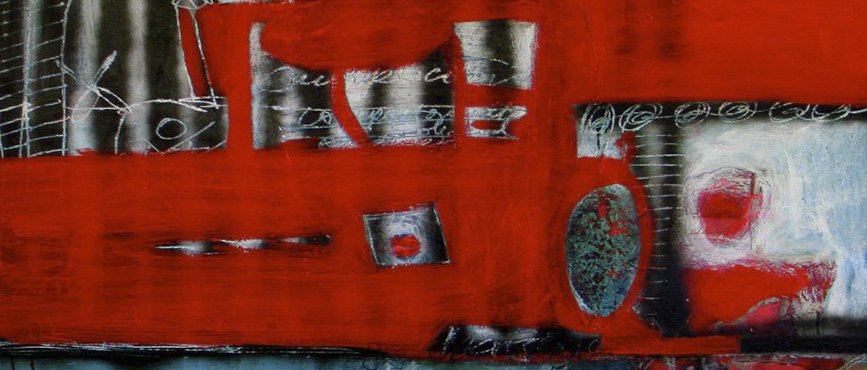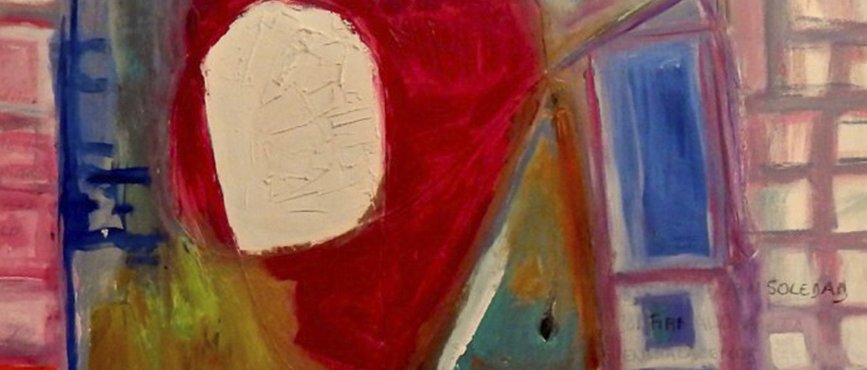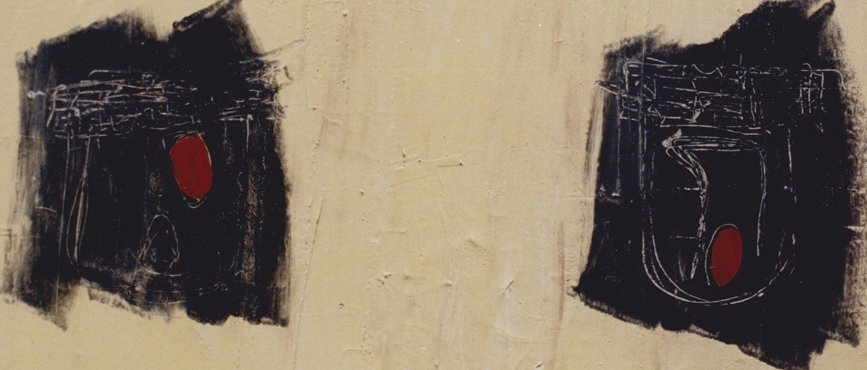Crossing
By traveling the Americas and Europe, one can follow the footmarks of Gina Mariotto’s work, a Caracas-born Venezuelan painter. She is usually traveling around the world, seizing the essence of her art from those trips and marking her daily, real, psychic and artistic life.
When the walls are quiet, the walls of a lifetime shut down; thus making it always possible to comprehend, or just to dream about the fundamental elements of a personal, artistic, mental and material journey. Thanks to the mastery of the material and the pictorial composition, to a spontaneous use of colors in Gina Mariotto’s paintings, but above all, thanks to the poetry hiding behind every pigment, every line and every stroke, we can trace imprinted memories, dreams and fragments of her trail.
Everything in the series “When the walls are quiet” (Cuando callan las paredes) is being based on the canvas: “The palette”. Every painting is created from that canvas, and everything is driven and developed naturally from what we can precisely define as Gina’s notes of her travel journals. Nothing is forgotten and there is no trace of superfluous trips: those are simply left out while remaining the essential elements, the primordial thoughts. By observing Gina’s work, we can travel together with her: through every painting we are shown a glimpse of life, an experience, a dream.
First comes the fresh and colorful childhood, with the taste of the sea, sweet and sugary, afterwards, the journeys, the real and personal ones but also the spiritual and psychic ones, the natural and forced ones. Once again we meet the volatile spirit of “Dream” and the charming canvas “Freedom”, just to jump away to the solemnity of “My temple”, from the archaic forms, and from deep colors to the mental inquiry where one can read the wish of order in “The Balance”.
“The palette” (La Paleta) of emotions, conveyed by Gina through her paintings, covers all aspects of life. Not of the individual or personal life just reduced to impulses, but life in its essential and primitive acceptance. “The Beginning” (Principio) reminds us the waters of the first or last day, the world’s birth, the biblical Flood and also the childbirth. With “Temptation” (Tentación), sensuality is presented in the most elementary, material but also religious way, and in every passionate form. Each of these works are made to allow us to fetch a part of us, as if it were an act of Alejandro Jodorosky’s “psycho-magic”, by providing us with the means to make our mental barriers and borders disappear.
